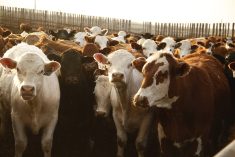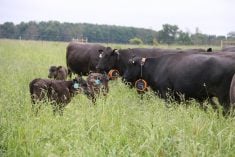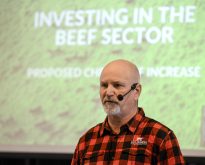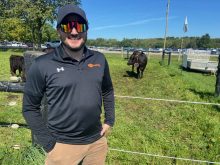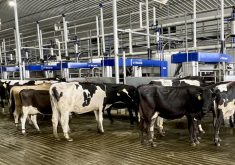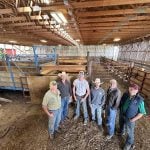Six years of comparison data between planned rotational grazing versus conventional grazing has produced sufficient evidence for Manitoba researchers to abandon the conventional approach in 2022.
Instead, they plan to introduce a modified rotational approach on a research farm that has been conventional acreage. This should allow the cattle to help rejuvenate what is now a depleted stand of pasture species mixed with unwanted invasive plants.
Manitoba government livestock specialist Pam Iwanchysko, spoke about the research finding in her presentation “Planned Grazing: Making the cows work for you” during the first session of the 2022 Profitable Pastures conference organized by the Ontario Forage Council.
Read Also
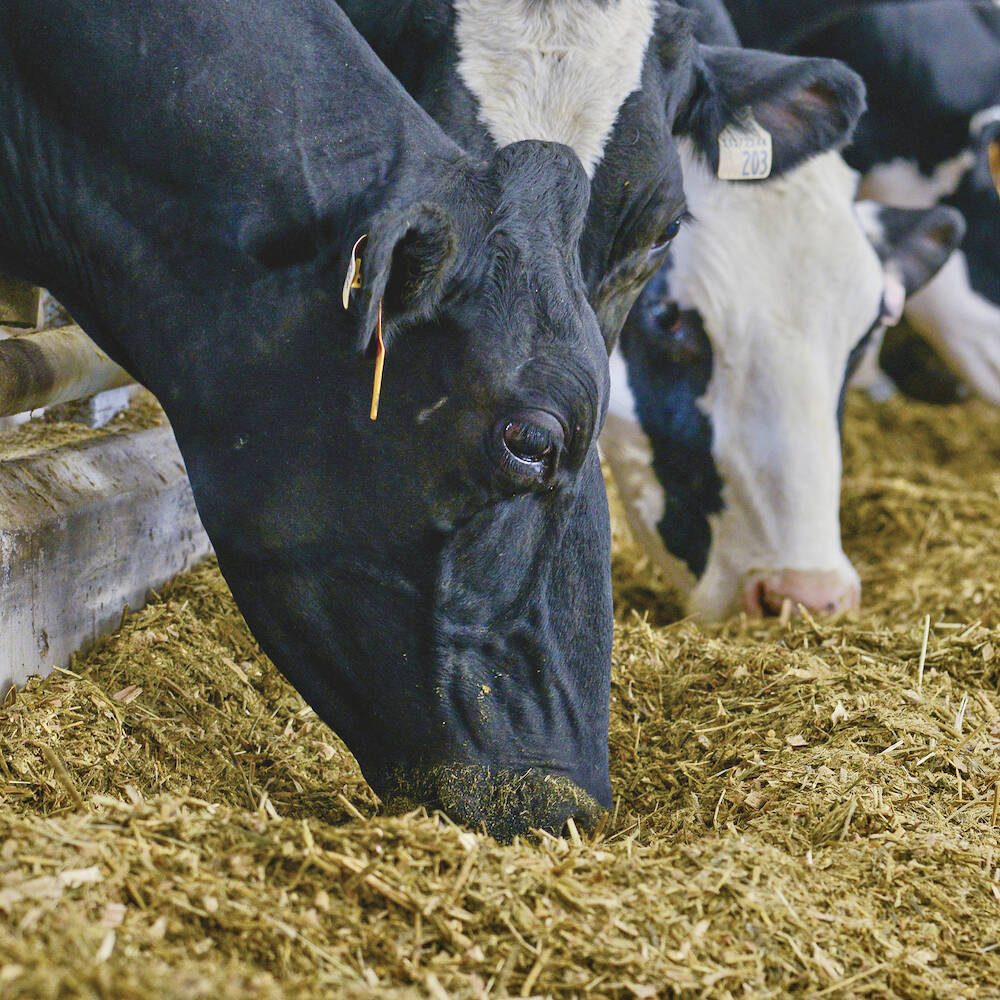
Byproducts with benefits for dairy cows
Local food processors can be a source of financially advantageous byproducts for dairy cows, but make sure the ration is properly balanced.
Why it matters: Government funding programs linked to climate change will support a transition to rotational grazing but farmers currently using conventional approaches need assurance their herds will remain profitable and healthy if they make the change.
Iwanchysko says fencing and watering technology has improved significantly over the past 25 years, including being much easier to repair. Manitoba figures show a low adoption of rotational approaches when the research farm started its project.
Even now, she said, only 10 per cent of ranchers use high-intensity grazing paddocks. “There are lots of tools out there that aren’t being used to their full potential.”
A key focus of the Manitoba Beef and Forage Initiatives (MBFI) Research Farm work is garnering knowledge of how to implement rotational grazing while avoiding the pitfalls that could lead to a beef producer reverting to the old system.
Iwanchysko’s team, also including researchers from the University of Brandon, took over the farm north of Brandon after it was purchased from the Ducks Unlimited wetland conservation organization. Within a landscape of numerous sloughs (ponds) that had already been partially fenced for grazing, they seeded a diverse mix of cool-season grasses and some legumes to establish 90 acres each of rotationally-grazed paddocks and conventionally-grazed areas.
They put 25 cow-calf pairs on each of the 90 acres — not necessarily because that was the number called for in the research but because that’s the number of cattle available in the herd. They also installed a solar-powered pump at one of the sloughs to provide water.
Year one was unusually wet, with the pick-up truck and trailer hauling fencing supplies becoming mired in mud on more than one occasion. It gave them the impression that managing cattle movements through fencing could be labour-intensive.
But those wet conditions haven’t returned, with the past three years being very dry. Regardless of weather conditions, Iwanchysko said the first year of operating a rotational system will require much more labour than subsequent years.
Even with the irregularly-shaped paddocks on the MBFI farm, “it doesn’t take a rocket scientist to set it up,” Iwanchysko said. Due to other research activities, the cattle have to be checked every day anyway so it becomes part of that daily chore. “We’ve got it down to about 15 minutes.”
They’ve learned to place the water at one end of the paddock and mineral at the other — forcing animals to walk between the two instead of spending long periods standing in the vicinity of both. “It’s really an effective tool for getting better utilization of the entire pasture,” she commented.
For her though, fencing and watering technology is a lower priority in getting rotational grazing right. Instead, properly observing a rest and recovery period for the pasture stands “is probably the number one factor that you will want to target.” Plant readiness before grazing and residue management after grazing are also key factors since these two factors work together towards having enough biomass and growth going into the winter to enable the paddock to effectively capture spring moisture and get a strong start the following year.
Cattle are typically removed from a paddock after 50 per cent of the plants have been grazed, although Iwanchysko admitted “it’s more of an art than a science” to determine utilization since it’s difficult to measure.
Profitable Pastures moderator Christine O’Reilly of OMAFRA observed that Iwanchysko’s 75-day minimum for rest and recovery period may not apply in Ontario due to different moisture regimes. The Manitoba specialist responded that the MBFI plan “is not really based on the calendar at all … It’s based on what’s ahead” of the cattle in terms of pasture supply, and on climatic conditions.
“It’s just a plan, and we don’t always stick to that.”
In 2021, facing extreme dryness, they kept the cattle back on some paddocks to the point they had been grazed beyond 50 per cent utilization. This, Iwanchysko said, was based on what was ahead of the cattle and trying to extend the pasture availability.
But they always keep in mind that 75- to 90-day rest period.
On the continuous grazing side of their comparisons, after six years, the grasses are shorter, they’re slower to get established in the spring, they’ve thinned out, and undesirable species have begun encroaching. On the planned grazing side, the pasture plants have more substantial root systems than on the continuous side.
After three straight years of dry conditions, the trend already clearly shows higher productivity on the planned side versus the continuous. And she predicts that if moisture returns, the productivity on the planned side will rebound a lot more quickly and to a greater degree than on the continuous side.
Using what she described as “cowboy math,” she showed how the farm is getting more grazing days on the planned paddocks and this translates into feed cost savings. In 2021, the cow/calf pairs were out on the planned pasture an extra 41 days compared to the continuous side — days when the cattle weren’t being fed from stored feed, said Iwanchysko. There were no significant differences in herd health or fertility.
Going against the advice she gave for years in her extension work serving conventional grazing farms, Iwanchysko reports grazing cattle provide the only fertilizer on the planned grazing side at the MBFI farm. “We have not had to (use imported nutrients) and we have had good success. And I think it’s because of the strong microbial population in the soil.”
O’Reilly noted it has also been shown that cattle under intensive grazing more effectively distribute manure across a paddock compared to conventional approaches.





